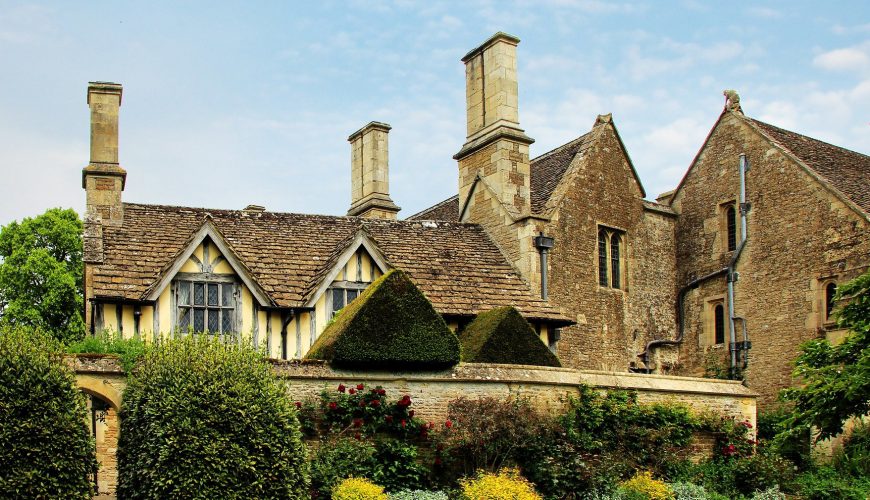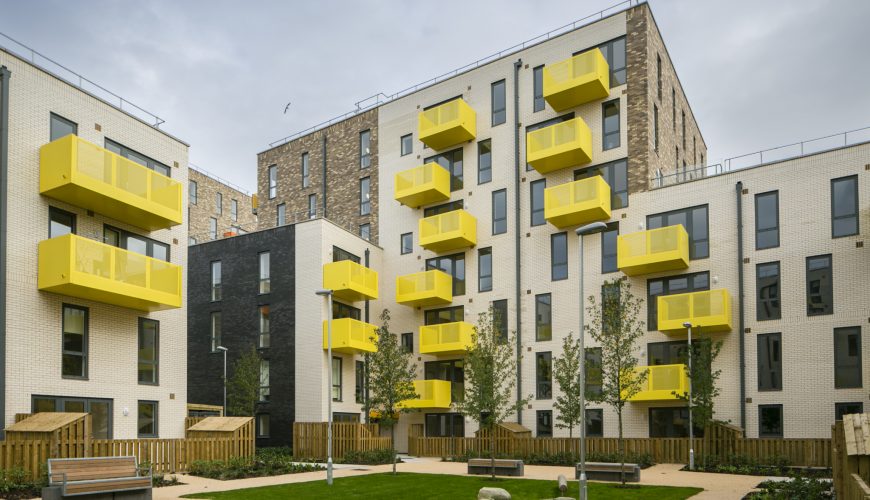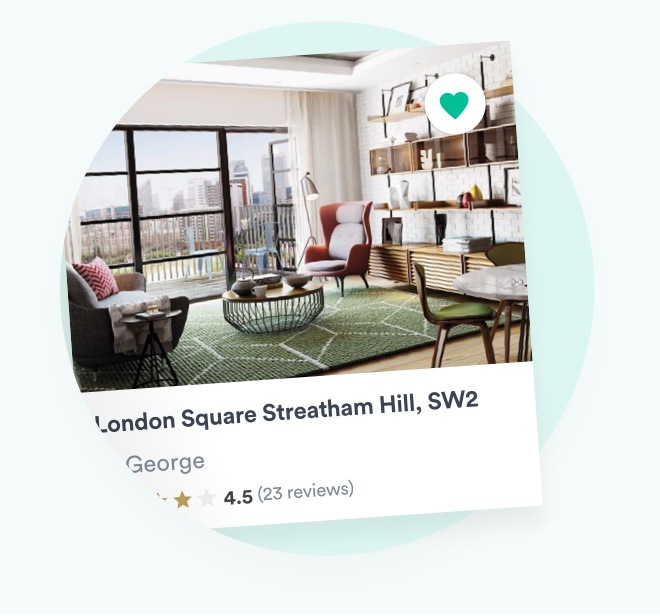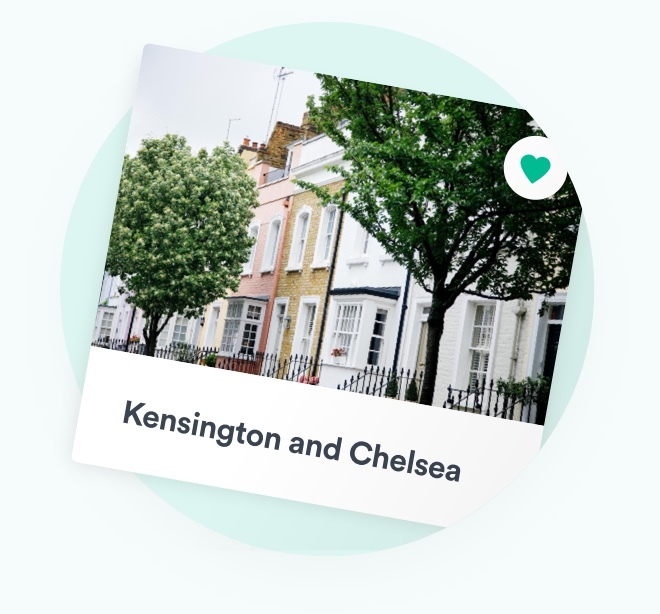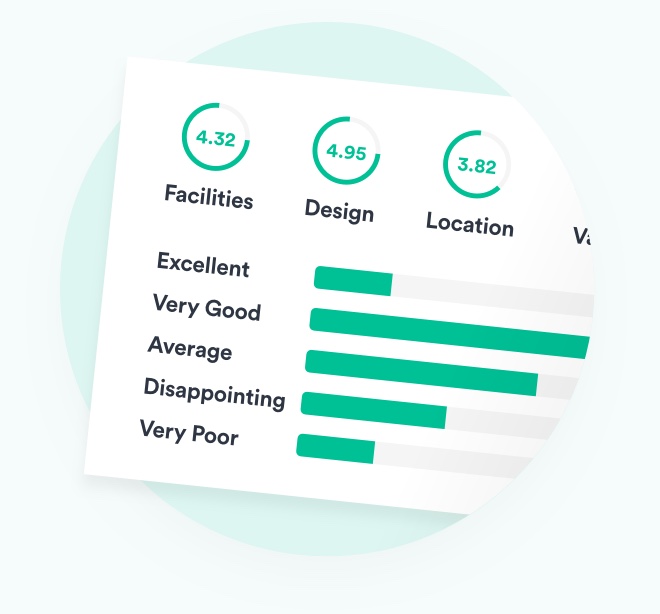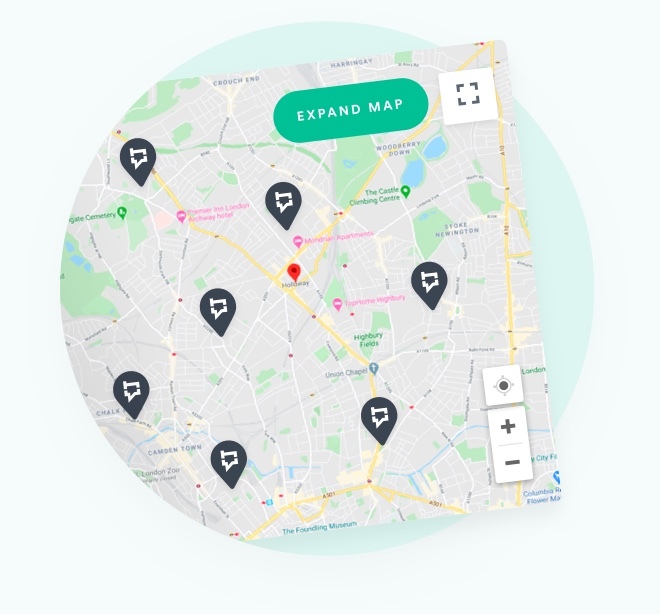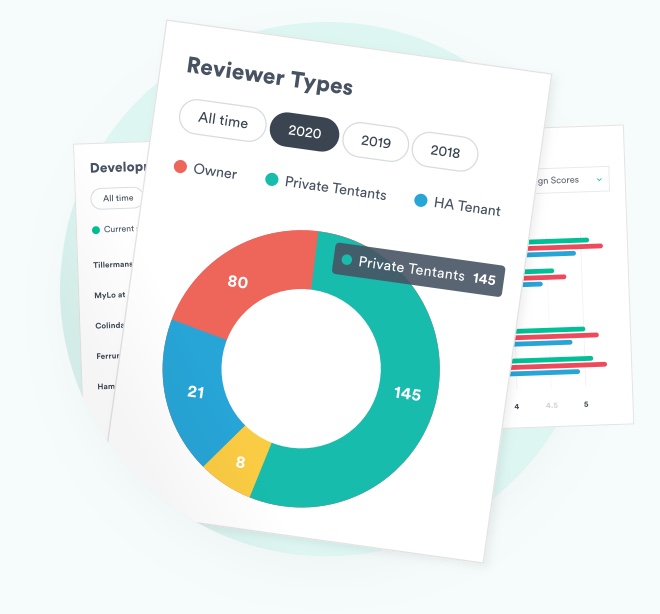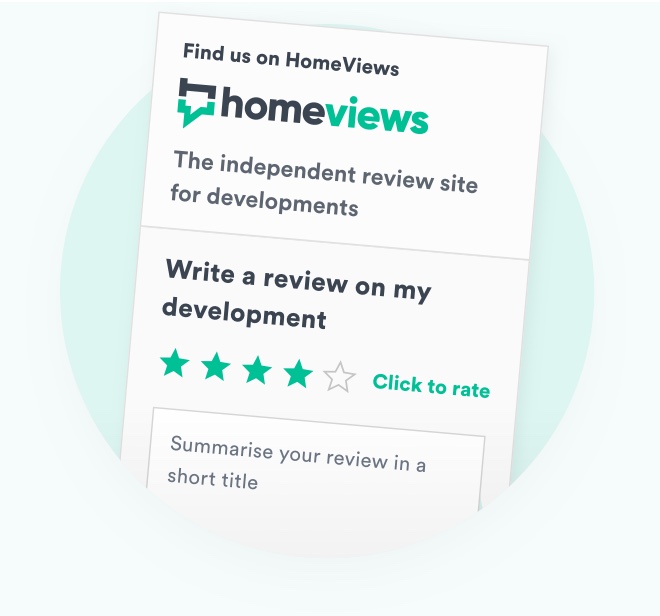Buying a property is complicated at the best times, especially if you live in a different country. To cut through the confusion, we’re answering your most pressing questions surrounding UK property tax. Our FAQs cover everything non-residents need to know before buying or selling. From Stamp Duty to letting homes, we’ve got you covered.
FAQs
How does UK property tax work?
You must pay property tax when you buy or sell a property in the UK. Which taxes you must pay and how much depends on your circumstances and the property’s value. Most people will be subject to thresholds surrounding Stamp Duty Land Tax, Capital Gains Tax, Land Transaction Tax (Wales), and Inheritance Tax if it applies.
Do I pay tax on UK property if I live abroad?
You may still need to pay UK property tax if you live abroad. If you sell property or land here, you might have to pay Capital Gains Tax if you don’t qualify for Private Residence Relief. You’ll also need to pay tax on any rental income you make from a UK property. According to HM Revenue and Customs (HMRC), you are a non-resident landlord if you live outside the UK for six months or more a year. This still applies if you are a UK resident for tax purposes.
Do non-residents pay tax on UK rental income?
Yes – non-residents are required to pay tax on UK rental income. That’s any income made from renting a property in the UK. If you live abroad for six or more months out of the year, HMRC classes you as a non-resident. In this case, you must register with HMRC as a non-resident landlord to pay the appropriate amount of tax based on your earnings.
An appointed letting agent or the tenant can withhold 20% at source from landlords who fail to register with HMRC. If you share ownership of the property with your spouse, they’ll need to register separately too.
What is Stamp Duty Land Tax?
Stamp Duty Land Tax – or SDLT for short – is a progressive tax payable if you purchase land or property in England or Northern Ireland. However, it only applies when you pay more than £125,000. To put this into context, the current average price for a home in England is £288,130. First-time buyers currently enjoy a higher threshold of £300,000. (See the final section below for the unfolding update on Stamp Duty rules.)
Who pays the Stamp Duty, and how is it paid?
The buyer is responsible for paying Stamp Duty. To avoid penalties, Stamp Duty returns must be filed and paid within 30 days of completion. Your solicitor would usually organise this.
What are the Stamp Duty thresholds in the UK?
Assuming the home in question is your only property either in the UK or abroad, the Stamp Duty thresholds are:
- 0% up to £125,000
- 2% between £125,001 and £250,000
- 5% between £250,001 and £925,000
- 10% between £925,001 £1,500,000
- 12% on anything over £1,500,001
Stamp Duty is a progressive tax, which means the percentages do not apply to the total purchase price but to each portion of the value. You’ll pay nothing up to £125,000, then 2% on the next £125,000 (the portion from £125,001 to £250,000), 5% on the next £675,000 (the portion from £250,001 to £925,000), and so on.
Do I have to pay more Stamp Duty for a second home?
If you already own a home either in the UK or overseas, you’ll need to pay a higher rate of Stamp Duty. This applies to buy-to-let properties, too. Like Stamp Duty for primary homes, the percentages are based on a progressive or tiered system. Expect to pay:
- 0% on properties under £40,000
- 3% between £0 and £125,000 (for properties above £40K)
- 5% on properties between £125,001 and £250,000
- 8% on properties between £250,001 and £925,000
- 13% on properties between £925,001 and £1,500,000
- 15% on properties over £1,500,001
The rates and thresholds are different for properties purchased in Scotland and Wales. If you’re planning to sell your current home within 18 months and make the new property your primary residence, you may be able to claim a refund on the second-home rate.
What are the exceptions to Stamp Duty?
There are a few exceptions to Stamp Duty. First-time buyers do not have to pay SDLT if they pay less than £300,000 for their home. Second properties below £40,000 are also exempt, as are houseboats, mobile homes and caravans.
What is Capital Gains Tax?
Capital Gains Tax is payable when you sell an asset that has increased in value since its purchase. HMRC will tax you on the gain in the property’s overall value, not on the monies received. This applies even if you’re not a UK resident for tax purposes. However, you are exempt from paying if you fulfil all these criteria:
- The property was your main home for the whole time you owned it
- You haven’t used any part of it for business purposes or let it out
- The grounds and buildings do not total any more than 5,000 square metres.
Do non-UK residents have to pay Capital Gains Tax?
Non-UK residents still must pay Capital Gains Tax. HMRC bases this on how much the property has increased in value since it was purchased.
How do I calculate Capital Gains Tax?
Luckily, it’s fairly simple to calculate Capital Gains Tax by subtracting the sale value from the original purchase price. If you are passing on the estate to a family member or selling the property at a low cost, you may be taxed based on the home’s market value instead. You can also consider applying for tax relief based on any deductions related to the cost of home improvements.
Both UK and non-UK residents pay the same amount. HMRC will add the gain to any other UK-based income and then tax you either 18% or 28% based on the income threshold you fall within. Companies pay 20% – or 28% if the property comes under the Annual Tax on Enveloped Dwellings (ATED). Trusts also pay 28%.
Are there any exemptions to Capital Gains Tax?
Sellers are exempt from Capital Gains Tax if they qualify for Private Residence Relief. PRR applies if:
- The property was your main home for the whole time you owned it
- You haven’t used any part of it for business or let it out
- The grounds and buildings do not total any more than 5,000 square metres.
You may still qualify as a non-resident if you’ve lived in the property for 90 days or more during the relevant UK tax year. It’s worth noting that claiming the property as your principal residence may have further tax implications for all your income.
What is Land Transaction Tax, and when do I have to pay it?
Land Transaction Tax applies when you buy a property in Wales. You must pay the tax when you buy a freehold property, a new or existing leasehold, take on a mortgage or buy a share in a house. LTT is self-assessed, so it’s the owner’s responsibility to file a tax return and pay any monies due on time.
The current LTT threshold is £180,000 for residential properties (if you do not own other property) and £225,000 for non-residential land and property. The Welsh Revenue Authority rates and thresholds differ from homes bought in England and Northern Ireland. You may qualify for relief or be exempt from filing a return in some cases. A similar tax, called Land and Buildings Transaction Tax, applies when buying property in Scotland. You can learn more about the thresholds and rules here.
What is Inheritance Tax?
Inheritance Tax (IHT) is a tax you or your heirs will have to pay after inheriting property valued above £325,000. Whether you’re about to inherit a UK property or wish to consider the impact of buying a UK home for your descendants, it’s something you’ll need to bear in mind.
This is especially true if HMRC considers the UK your ‘country of domicile’. They usually base this on whether your father or mother classed the UK as his/her permanent home when you were born or if you were born/raised in the UK and own property here. In this case, HMRC could claim IHT against your total estate, wherever you currently live or own property.
Who must pay Inheritance Tax?
Anyone whose ‘country of domicile’ is the UK will have to pay Inheritance Tax when they inherit a property worth over £325,000. This doesn’t apply if the sole beneficiary is a spouse, charity, or amateur sports club.
If you’re giving away your home to your children, step-children, or grandchildren, the threshold rises to £500,000. Your partner can add their unused threshold to yours and vice versa. Therefore, when the last surviving spouse or civil partner dies, they could leave behind an IHT-free estate worth £650,000. If you both also qualify for Transferable Main Residence Allowance, a couple could pass on an IHT-free estate worth £1million.
How much Inheritance Tax will I have to pay?
The standard amount of Inheritance Tax you’re likely to pay is 40% above the threshold. There are some reliefs and exemptions that apply in certain circumstances. For example, if you leave 10% of your estate to charity, the rate drops to 36%. Keep in mind that IHT applies to the entire estate, which includes savings and any other inherited assets after debts and costs have been paid.
Do all UK properties pay council tax?
Council tax is eligible on all UK residential properties, and you’ll have to pay it whether you rent or own the property. Some rental agreements have council tax included in the rent but this is down to each individual agreement. Councuil tax is also due on second homes and rental properties, even if they’re usually unoccupied.
Do I pay income tax on my rental property income?
Another type of tax you might pay on a UK property is income tax, if you’re a landlord renting out a property you own. Any profit you make on renting out a property is liable for income tax payments, though you may be able to get income tax reliefs for expenses such as property management fees, council tax and utility fees.
Update: UK Property Tax Changes (as of February 2023)
2022 was a chaotic year for the UK housing market. The ongoing instability in the Conservative Government was a big contributing factor.
This is how things currently stand in terms of UK tax rule changes. Please bear in mind that the UK political situation remains highly unpredictable, so check back for further updates.
Stamp Duty (SDLT) 0% threshold
The change to raise the 0% Stamp Duty threshold up from £125,000 to £250,000 is currently staying. This rule took effect on 22nd September 2022 as part of the mini-budget. To reiterate, this means that you currently pay no stamp duty on any property purchase worth up to £250,000.
Stamp Duty First-time buyers 0% threshold
The September 2022 mini-budget also upped the 0% SDLT threshold to £425,000 for first-time buyers. Currently, this rule is also staying in place. The maximum value of a property on which first-time buyers’ relief can be claimed has also increased from £500,000 to £625,000.
Now you’ve swatted up on all things UK property tax, you may wish to learn more about making an offer on a house. HomeViews is a constantly growing resource for all things buying and selling, so why not check out some of our other guides while you’re here?
Read More
HomeViews provides verified resident reviews of the UK’s housing developments. We’re working with developers, house builders, operators, housing associations and the Government to recognise high performers and help improve standards in the built environment.



